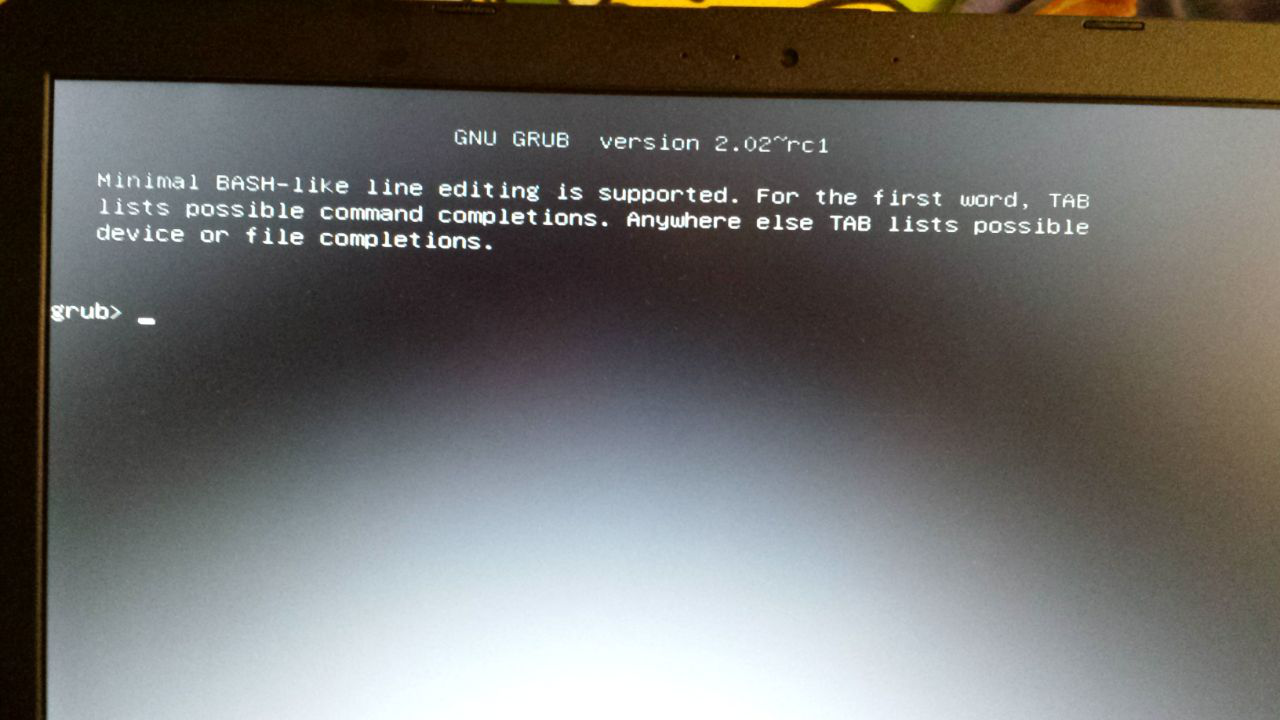

Omit if you want text-only boot.īe more verbose. Use graphical boot (Red Hat Graphical Boot). You can find a file system's UUID with the following command: tune2fs -l /dev/sda6. The root partition can also be identified using the file system's UUID (universally unique identifier) as follows: root=UUID=134d2a24-2699-4b0c-823b-1e13633f3b07. Location of root partition, using conventional naming system. Mount partition "ro" (read-only) at first, to run fsck if necessary. Location of kernel ( vmlinuz), using conventional naming system. This line consists of 5 parts, as follows: Indicate root partition, using Grub naming conventions.Ħ. In this case, it's the default boot partition (see line 1).ĥ. Show splash image while waiting for user input (optional).Ĥ. Wait 10 seconds for user input before booting default.ģ. Remember that Grub starts counting with 0, not 1.Ģ. By default, boot the 1st partition listed below. If you have a separate partition for /boot, see the note below.ġ. (The numbers before each line should not be written. The various boot partitions which the user can choose. Optionally, a nice splash image to show while waiting for the user's input. How long to wait before automatically booting the default partition. This file contains the following information: In CentOS, /boot/grub/menu.lst is a link to /boot/grub/nf, which is the real configuration file. In some distributions, the configuration file is /boot/grub/menu.lst. If the Grub boot loader hasn't been installed on your hard disk, you should create the configuration file before installing the boot loader. Create or edit the configuration file /boot/grub/nfįirst, you should create or edit the configuration file, /boot/grub/nf.

The 2nd and 3rd steps can be done using a single command, grub-install. Using the Grub command line from the boot loaderĬreating the configuration file /boot/grub/nf.Alternative: Installing boot loader only using grub.Create or edit the configuration file /boot/grub/nf.

I last used it to build images for Ubuntu 11.04 which you could look at to see the final product of the script.
#INSTALLING GRUB ON USB DOWNLOAD#
Feel free to download it to see the exact details of what I did: There's no documentation but comments in the "build" script itself, so you're on your own. I have not packaged this into release project and never intended to. I built mine with a script to be run at a root command shell. I do not know of any drag-and-drop tools. having Ubuntu and Kubuntu on the same device). It could be easy if they share the same kernel (e.g.
#INSTALLING GRUB ON USB ISO#
This only works for ONE ISO image per USB memory stick. As long as it has a way to set defaults or do a built-in config, or there is a way to reference a config file, this should be doable without having to rebuild the ISO. I've since moved over to SYSLINUX for my bootable projects, so I never actually worked out the process for GRUB2. However I did this with GRUB legacy (v1). I achieved this by appending the kernel (and the memory tester image) to the ISO (so it got larger), assigned a sector location for the stage2 image, modified the GRUB source so all the sectors were built in (directly in stage1 and via a built config for stage2), compiled, and finished the image with stage2 appended, and stage1 replacing sector 0. I have succeeded in converting them from plain ISO into a hybrid ISO/IMG file that can be dd'd directly to a USB memory stick, and still be burned to a CD or DVD. Ubuntu uses Casper for its bootable install/live ISO images and that looks everywhere for the ISO filesystem it wants to mount.

If the initialization system will scan hard drive devices, as well as optical media devices, for the root filesystem it seems, you should be able to tweak an existing bootable ISO image to work on any hard drive type device, like a USB memory stick.


 0 kommentar(er)
0 kommentar(er)
